Life on Mars: Tom Sachs’ space adventures captured on film
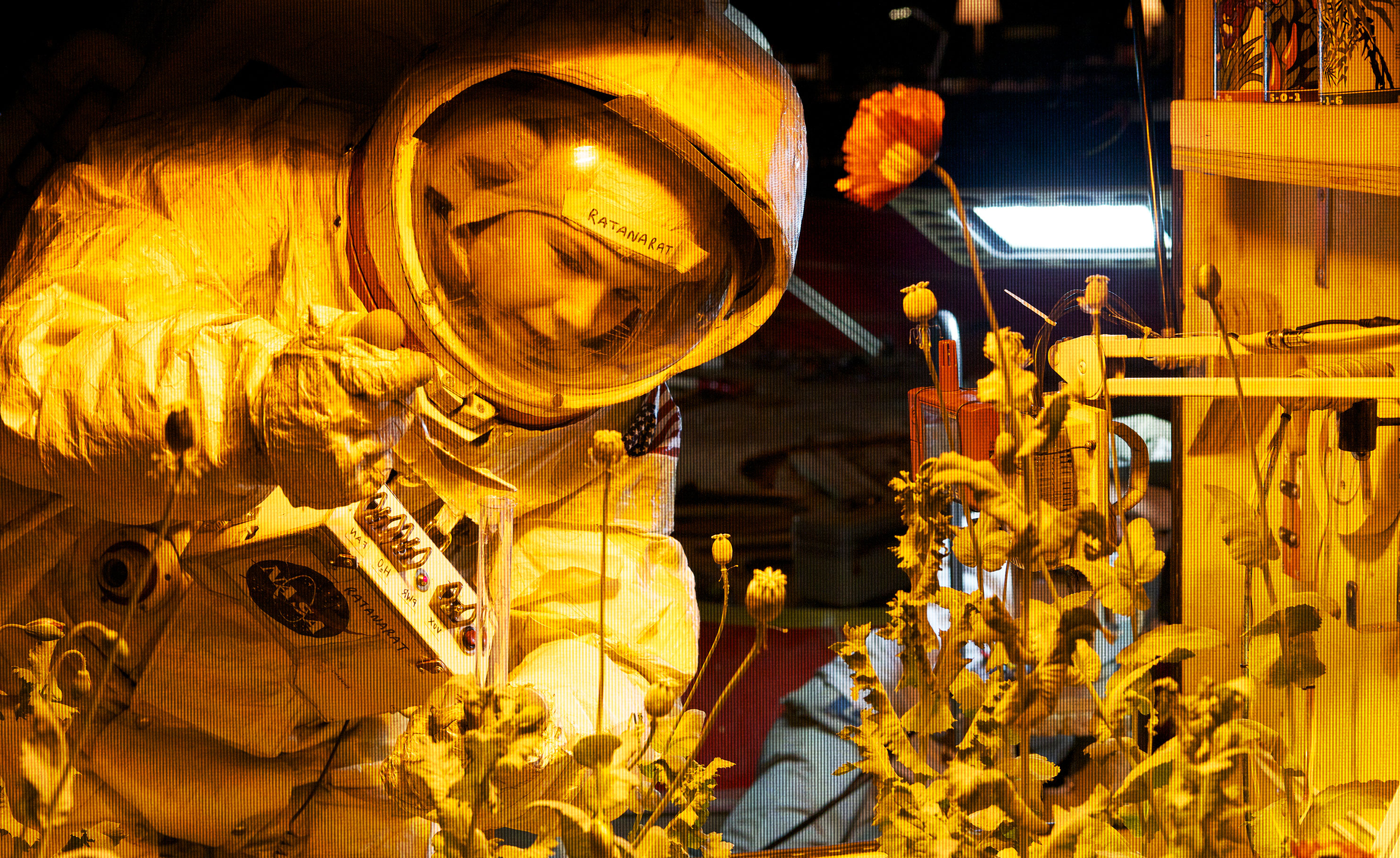
In the early aughts, filmmaker Van Neistat worked as a fabricator for Tom Sachs, notably on the artist’s massive foamcore model of Le Corbusier’s Unité d'Habitation and helped make the film (with his brother Casey) about Sachs’s mixed media Nutsy’s McDonald’s installation. Then from 2004 to 2010 the Neistat Brothers, as they were known professionally, took their own studio in Tribeca to focus on their films and an eponymous HBO series. During that time Sachs had launched the lunar journey of his Space Program at Gagosian Gallery in 2007, which the brothers visited as fans and later made into an episode for their show. So when Sachs called Van Neistat back to work on more films (beginning with Ten Bullets) shortly after the series premiered in the spring of 2010, it was as a collaborator, not an employee.
'It’s best when people graduate from the studio,' says Sachs. 'When Van came back for his postdoctoral work it was a much more even relationship.'
Over the ensuing years, the two embarked on a series of industrial films —Love Letter to Plywood, Space Camp, How To Sweep — that not only help to define the bricolage practices (in the vein of the Eames’ films for IBM and Polaroid) that define Sachs’s studio, but also lay out the narrative fabric for their new feature, A Space Program, which centers around the artist’s 2012 Mars mission installation and performance at the Park Avenue Armory.
'All three of those movies are cut into A Space Program and we feel like those are the bones for the stock for the chicken soup,' explains Sachs, admitting, 'the way we filmed at the Armory was a total clusterfuck and we were totally unprepared, we didn’t have enough time, and it was all shot really casually.'
However, by making a series of post-production segments — on the human heart (and it’s relationship to the brain, narcissism and decision-making) and cartoons about earth re-entry on Gagosian Gallery letterhead (shot the day before they shipped the film to SXSW for its world premiere last spring) — they managed to shape the film into a quirky quest narrative whose sequence lines up shot for shot (in parts) with Al Reinert’s 1989 Apollo Mission documentary For All Mankind.
'When I was shooting at the Armory I was mimicking all the shots I could remember from that movie. The shot of the yellow shoes walking toward the scissor lift is stolen right from For All Mankind,' says Neistat, comparing it to the harmony of the Dark Side of the Moon and The Wizard of Oz. 'I just took advantage of how busy Tom was to do whatever I wanted and then after the show was installed there were multi-year arguments over shots he wanted. Tom spent $1,000 to get the boombox out of the studio to shoot 40 frames, and I was fighting him the whole way, but in the end he was right.'
With footage stretching between 2007 and 2015, the 102 minute film retains the Neistatian/Sachsian footprint while moving in on the territory of Michel Gondry. In this case, it’s a love story to bricoleurs and handmade sculpture told through the lens of a Martian landing with all the attendant neuroses, soil samplings, and tea ceremonies that go along with DIY space travel.
'We love these artists that make these really brilliant art movies that are sumptuous and beautiful and really painful to watch. But one thing we wanted to do was to respect the time of the audience and observe that beginning, middle, and end,' says Sachs, who will open his Tom Sachs: Tea Ceremony installation (the subject of their next film) at the Noguchi Museum next week, followed by Tom Sachs: Boombox Retrospective, 1999-2016 (another potential film subject) at the Brooklyn Museum in April. 'One of the foundations of the studio is eliminating the meanings of art, so you don’t need texts on the wall to explain what’s going on. That’s one of the things we agree on more than anything else. I love conceptual art and challenging ideas and everything else, but that’s not a culture that I come from, I don’t come from an art family; I come from a baseball and shopping kind of family. That’s my background.'
For Neistat, if A Space Program succeeds it will do so because it lives up to the spirit of those early Eames films, most notably their seminal 1972 short on the Polaroid SX-70.
'It was made for the employees of Polaroid and it explains exactly how the SX-70 works,' says Neistat. 'They’re able to explain to anyone, to a child, how the Polaroid film develops and works. They’re able to explain how the iris and light detector talk to each other through circuit boards and they’re able to put humanity in it. It can make you cry and it’s about a camera. It’s a masterpiece. Subconsciously we’re trying to do just that...with the Space Program ingredient.'

It's a love story to bricoleurs and handmade sculpture told through the lens of a Martian landing with all the attendant neuroses, soil samplings, and tea ceremonies that go along with DIY space travel
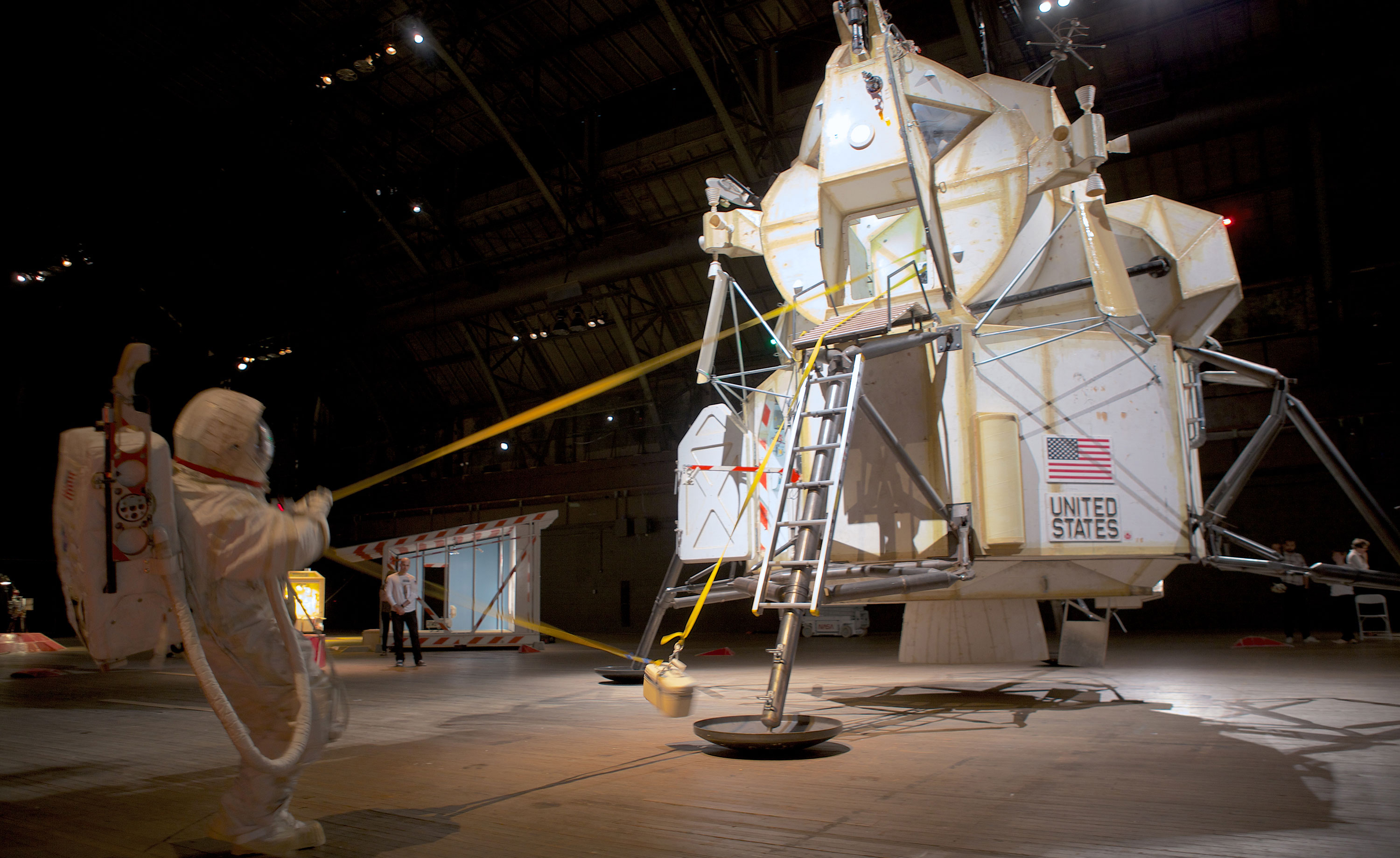
For director Van Neistat, if A Space Program succeeds it will do so because it lives up to the spirit of early Eames films
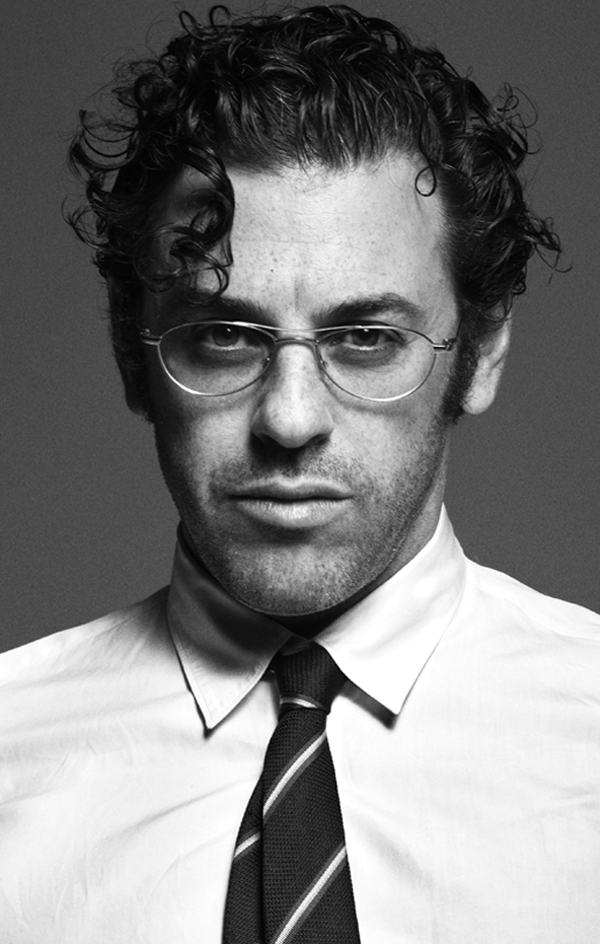
It was important to Sachs that the film have a beginning, middle and end for audiences of all kinds: 'One of the foundations of the studio is eliminating the meanings of art, so you don’t need texts on the wall to explain what’s going on'
INFORMATION
A Space Program will premiere at New York’s new Metrograph theatre on 18 March, with limited national rollout through May
Photography: Courtesy of Zeitgeist Films
Receive our daily digest of inspiration, escapism and design stories from around the world direct to your inbox.
-
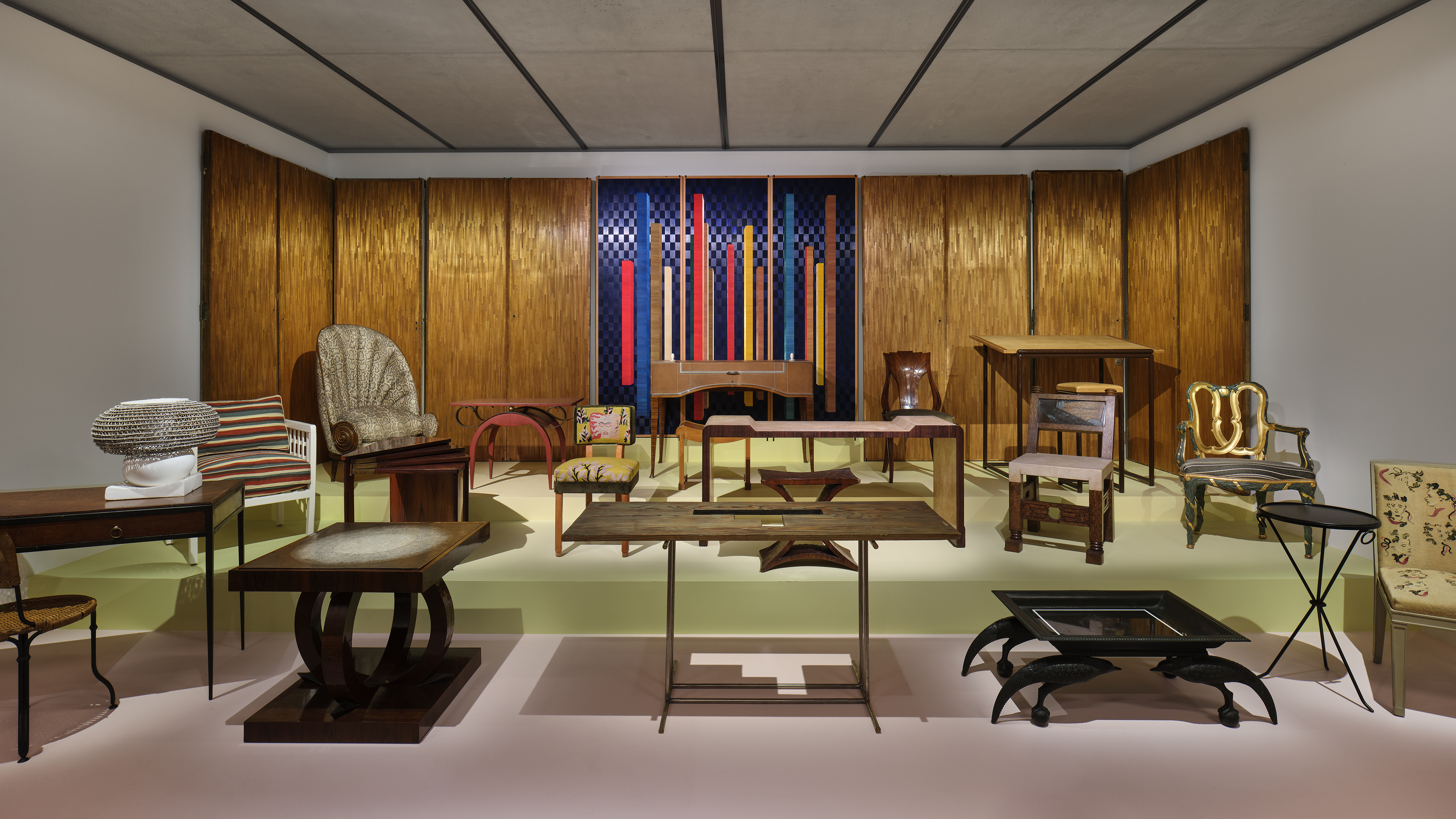 Art Deco's centenary is honoured with a grand exhibition in Paris
Art Deco's centenary is honoured with a grand exhibition in ParisTo mark 100 years of Art Deco, the Musée des Arts Décoratifs in Paris is holding a retrospective that includes furniture, tableware, clothing, jewellery and objets d’art (on view until 26 April 2026)
-
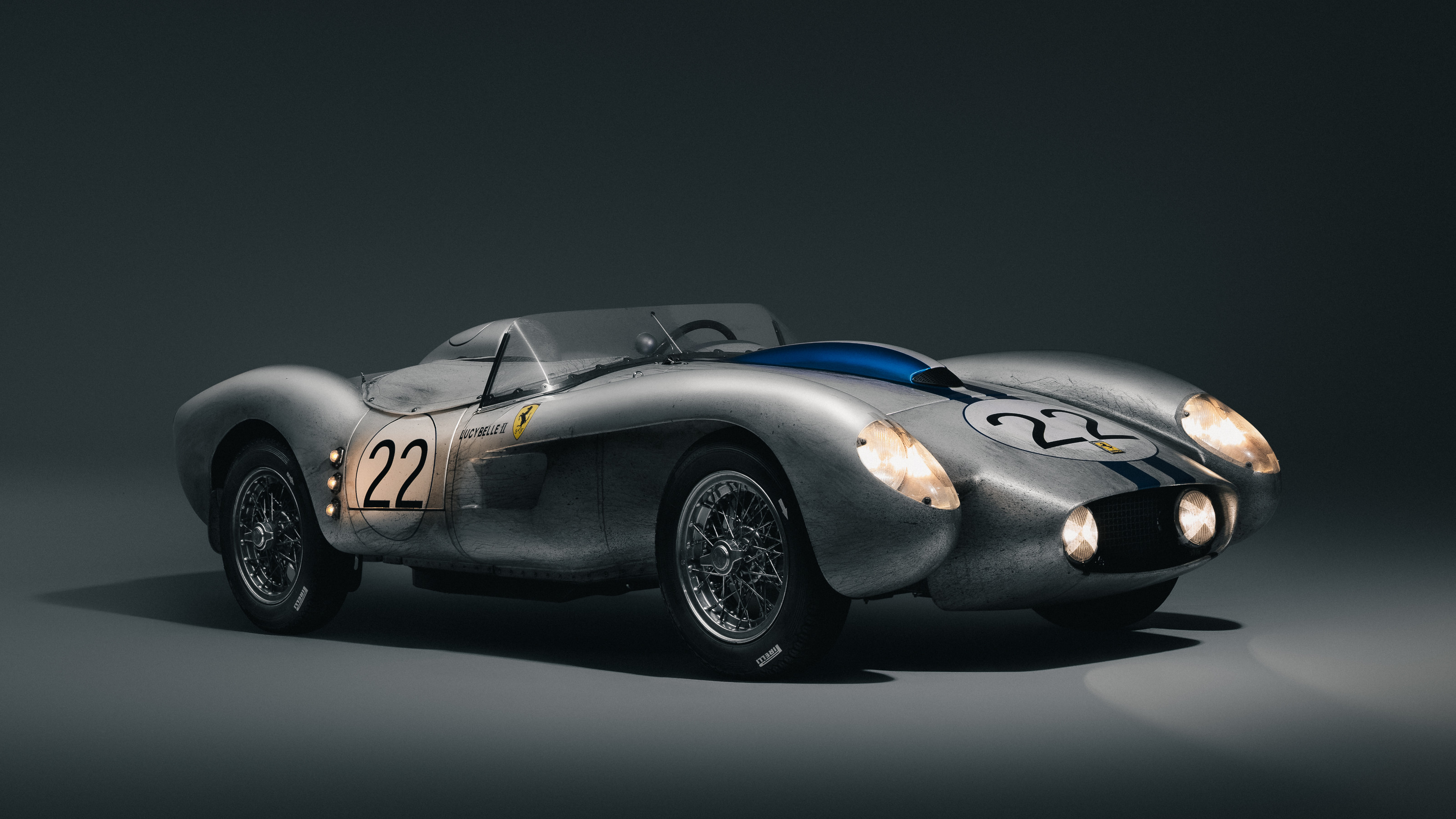 ‘Lucybelle II’ is a small scale homage to an iconic racing Ferrari, created by Hedley Studios
‘Lucybelle II’ is a small scale homage to an iconic racing Ferrari, created by Hedley StudiosHedley Studio has shaped an exacting 75% scale replica of the 1958 Ferrari Testa Rossa J ‘Lucybelle II’, complete with track-worn patina
-
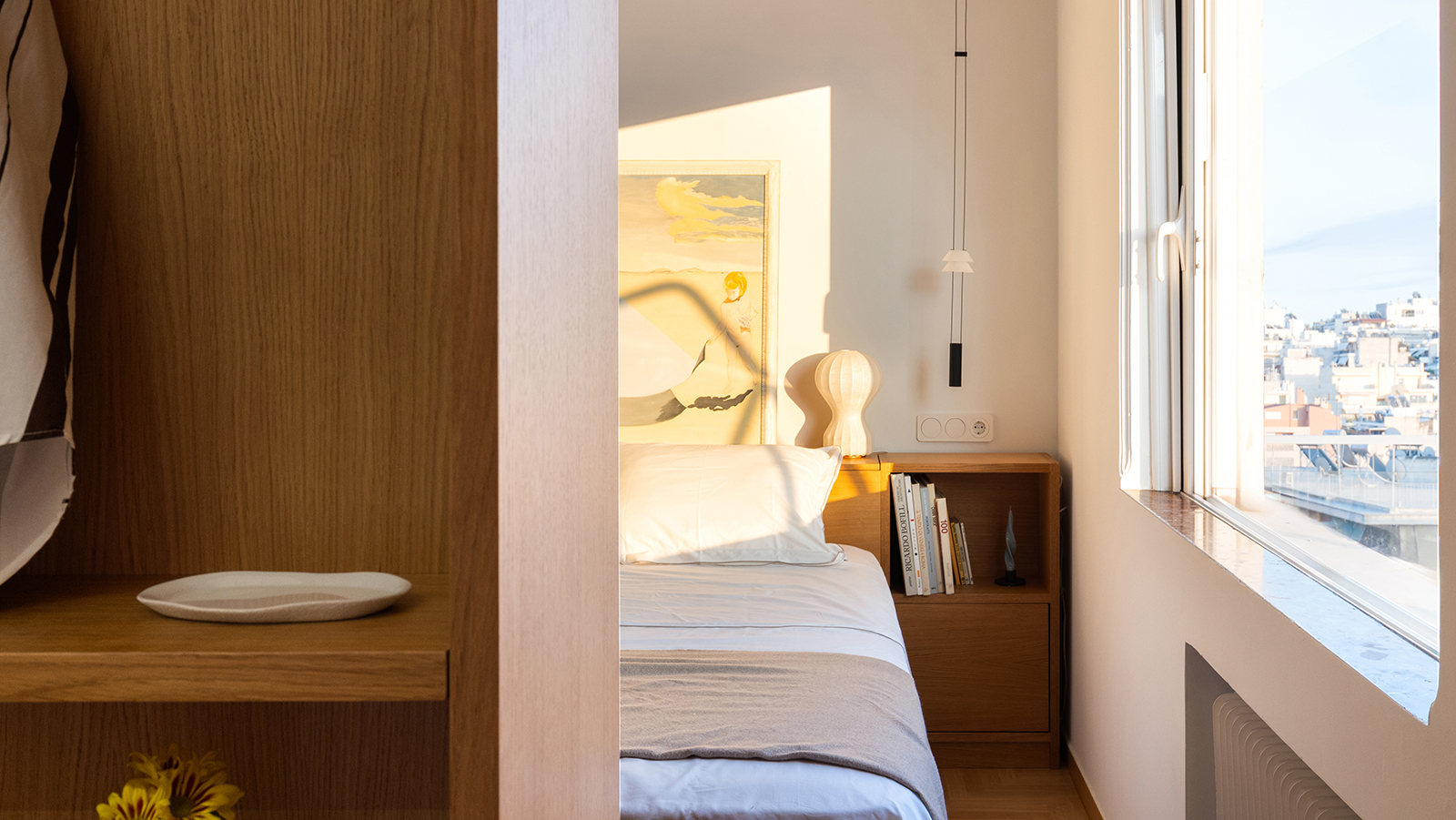 Explore a refreshed Athens apartment full of quirk and midcentury character
Explore a refreshed Athens apartment full of quirk and midcentury characterA 1960s Athens apartment is revived by architects Aspassia Mitropapa and Christina Iliopoulou, who elegantly brought its midcentury appeal to the 21st century
-
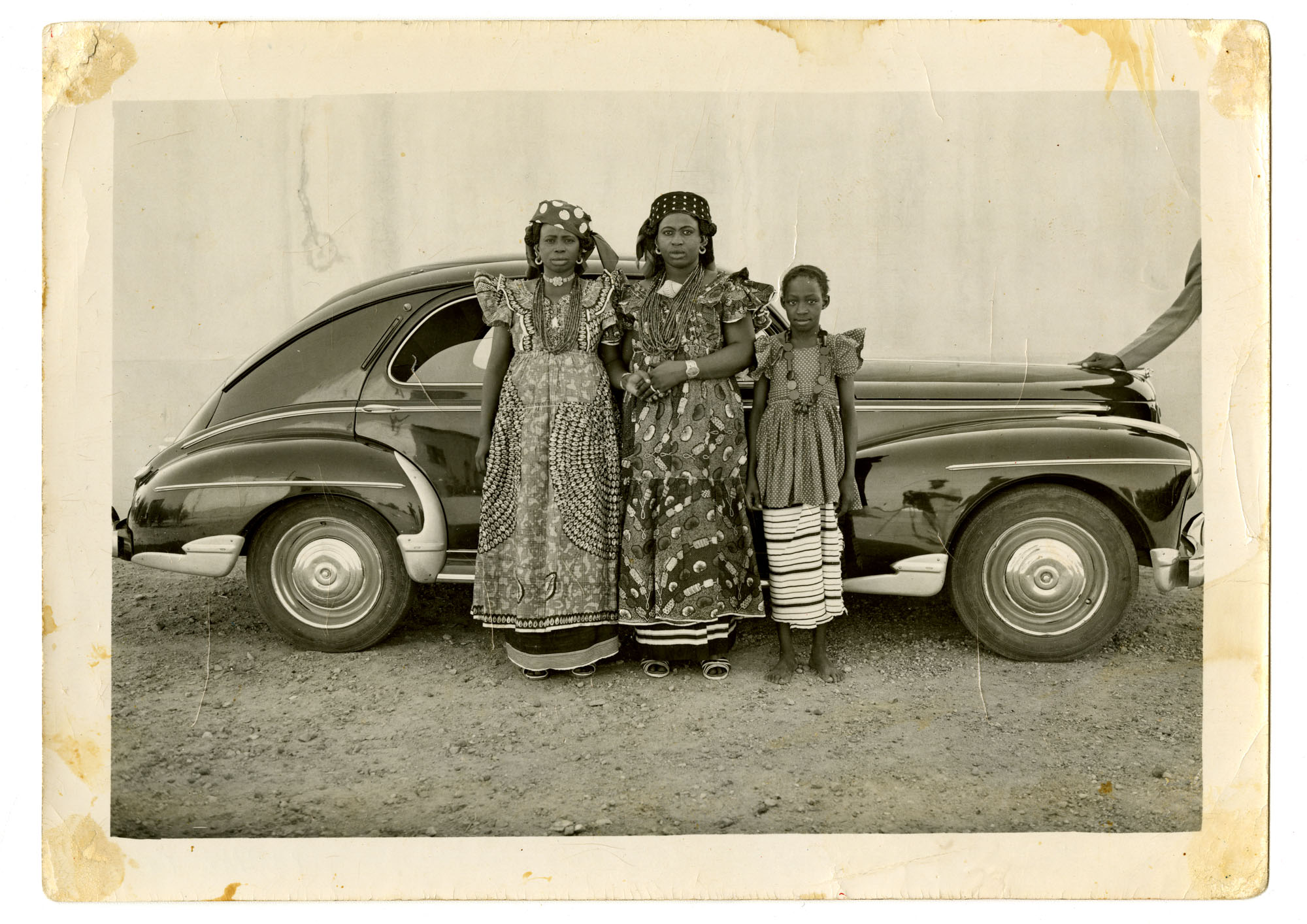 Inside the work of photographer Seydou Keïta, who captured portraits across West Africa
Inside the work of photographer Seydou Keïta, who captured portraits across West Africa‘Seydou Keïta: A Tactile Lens’, an exhibition at the Brooklyn Museum, New York, celebrates the 20th-century photographer
-
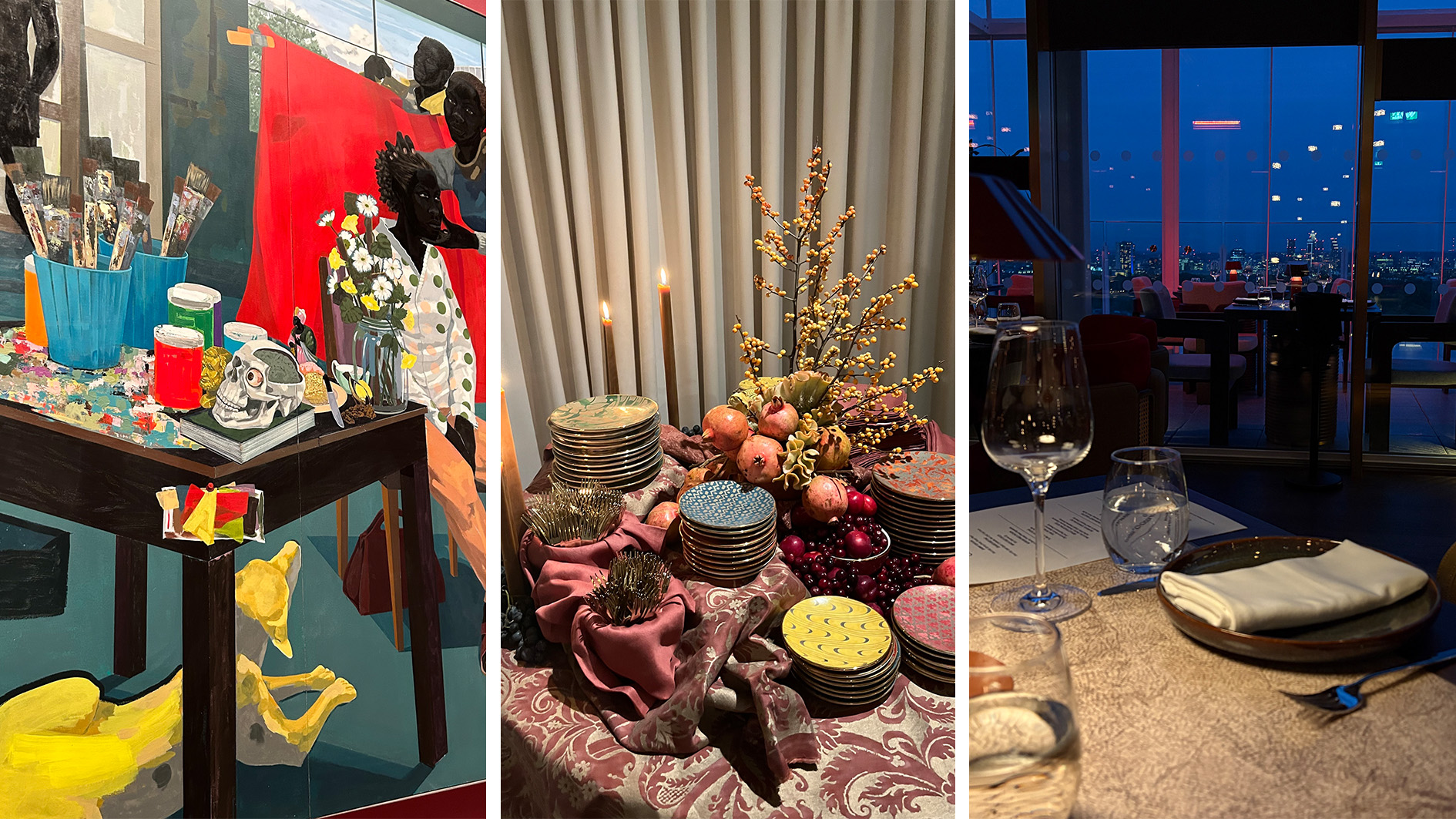 Out of office: The Wallpaper* editors’ picks of the week
Out of office: The Wallpaper* editors’ picks of the weekFrom sumo wrestling to Singaporean fare, medieval manuscripts to magnetic exhibitions, the Wallpaper* team have traversed the length and breadth of culture in the British capital this week
-
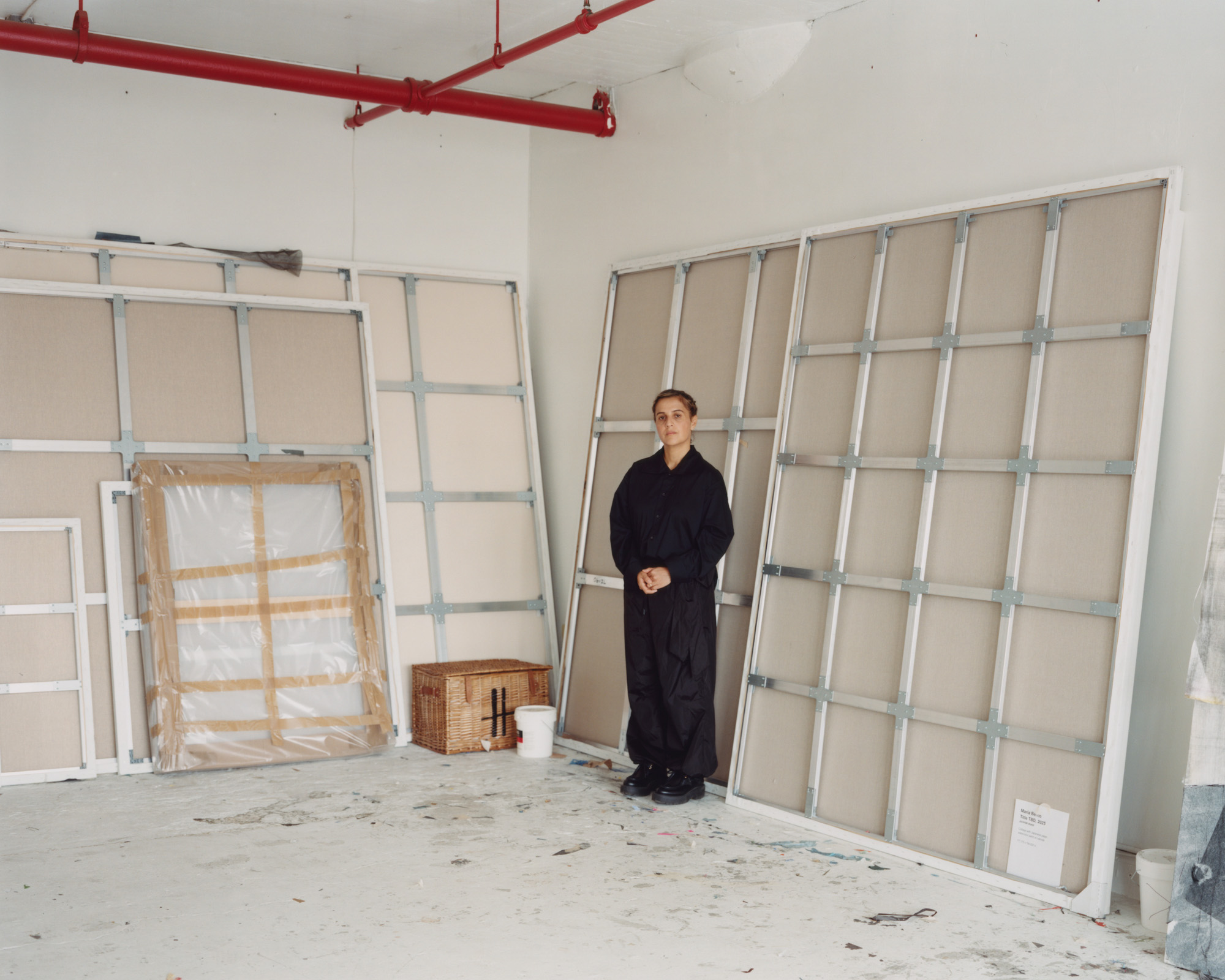 María Berrío creates fantastical worlds from Japanese-paper collages in New York
María Berrío creates fantastical worlds from Japanese-paper collages in New YorkNew York-based Colombian artist María Berrío explores a love of folklore and myth in delicate and colourful works on paper
-
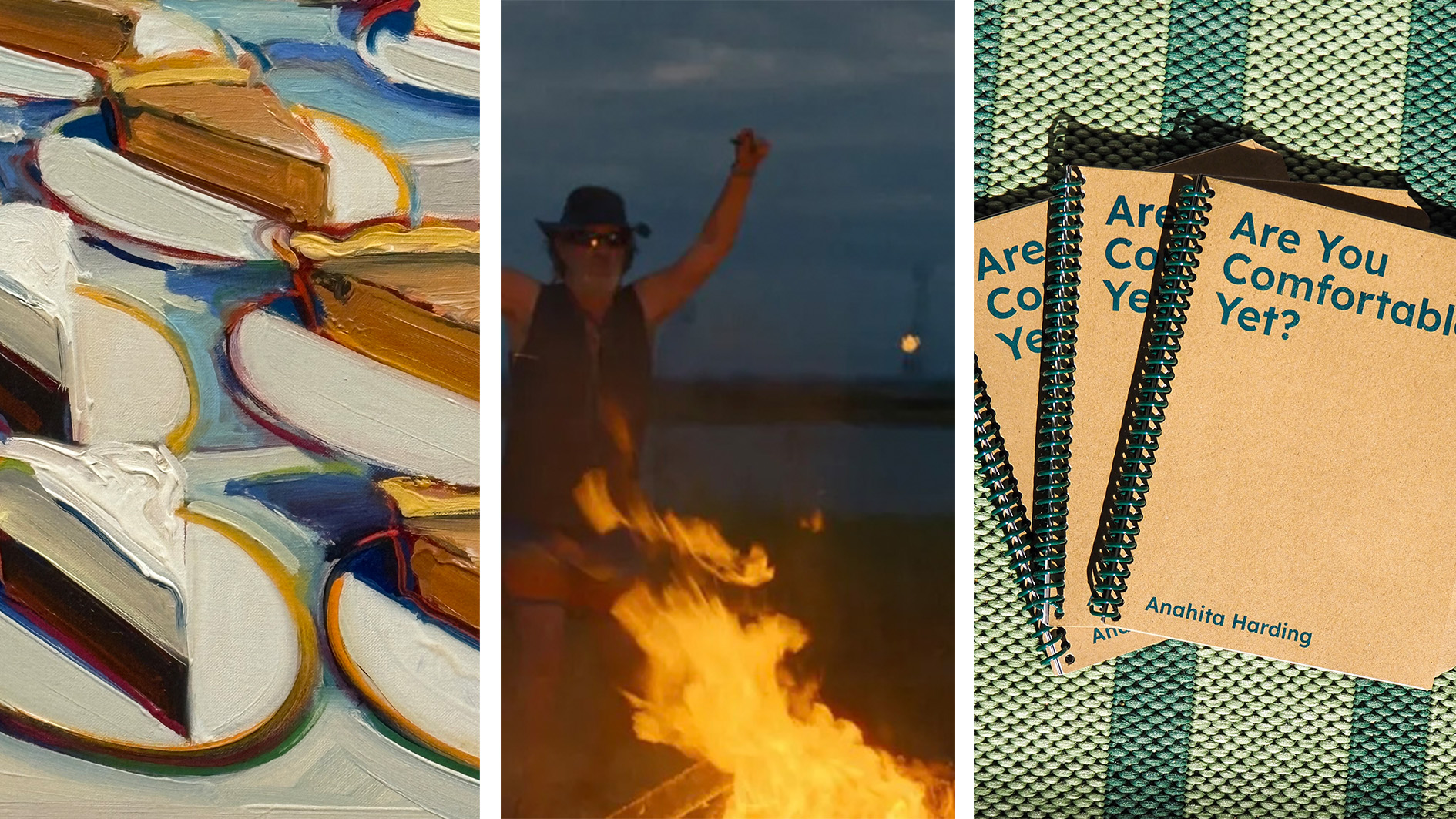 Out of office: the Wallpaper* editors’ picks of the week
Out of office: the Wallpaper* editors’ picks of the weekAs we approach Frieze, our editors have been trawling the capital's galleries. Elsewhere: a 'Wineglass' marathon, a must-see film, and a visit to a science museum
-
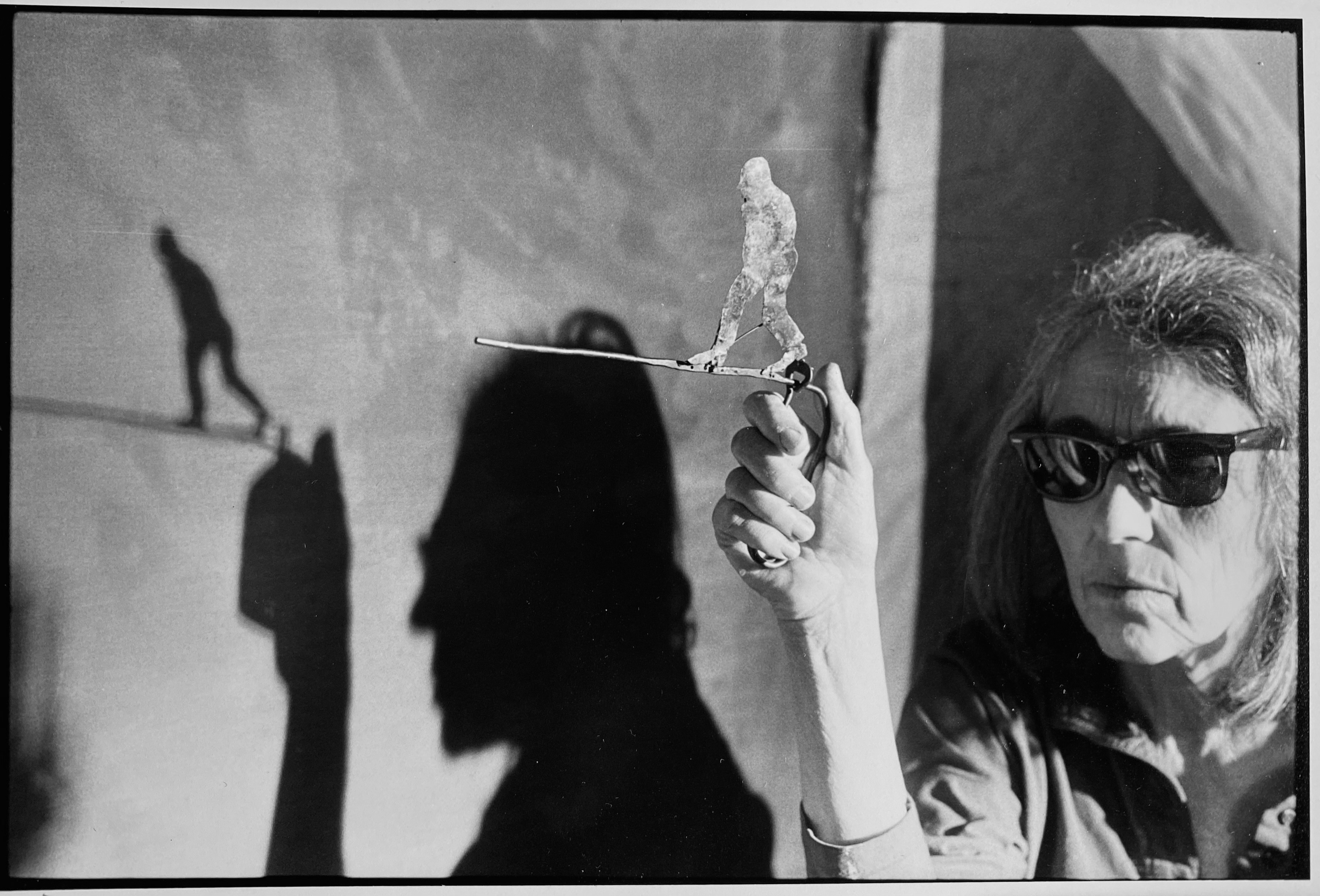 June Leaf’s New York survey captures a life in motion
June Leaf’s New York survey captures a life in motionJune Leaf made art in many forms for over seven decades, with an unstoppable energy and fierce appetite leading her to rationalise life in her own terms.
-
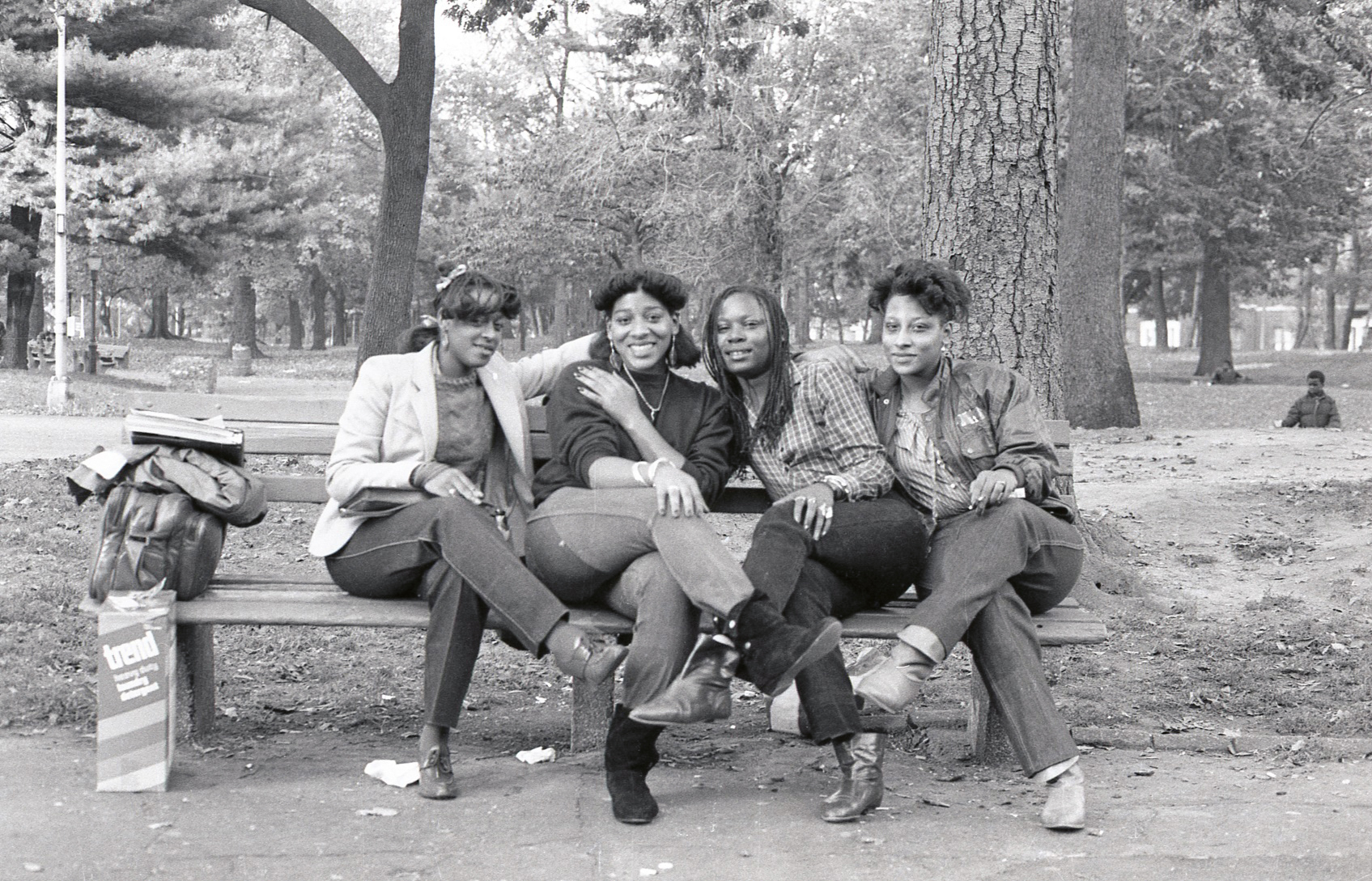 Jamel Shabazz’s photographs are a love letter to Prospect Park
Jamel Shabazz’s photographs are a love letter to Prospect ParkIn a new book, ‘Prospect Park: Photographs of a Brooklyn Oasis, 1980 to 2025’, Jamel Shabazz discovers a warmer side of human nature
-
 The Hammer Museum in Los Angeles launches the seventh iteration of its highly anticipated artist biennial
The Hammer Museum in Los Angeles launches the seventh iteration of its highly anticipated artist biennialOne of the gallery's flagship exhibitions, Made in LA showcases the breadth and depth of the city's contemporary art scene
-
 Inside a Courtney Love-inspired art exhibition in New York
Inside a Courtney Love-inspired art exhibition in New YorkLiza Jo Eilers looks to the glory days of Hole at an exhibition at Grimm New York